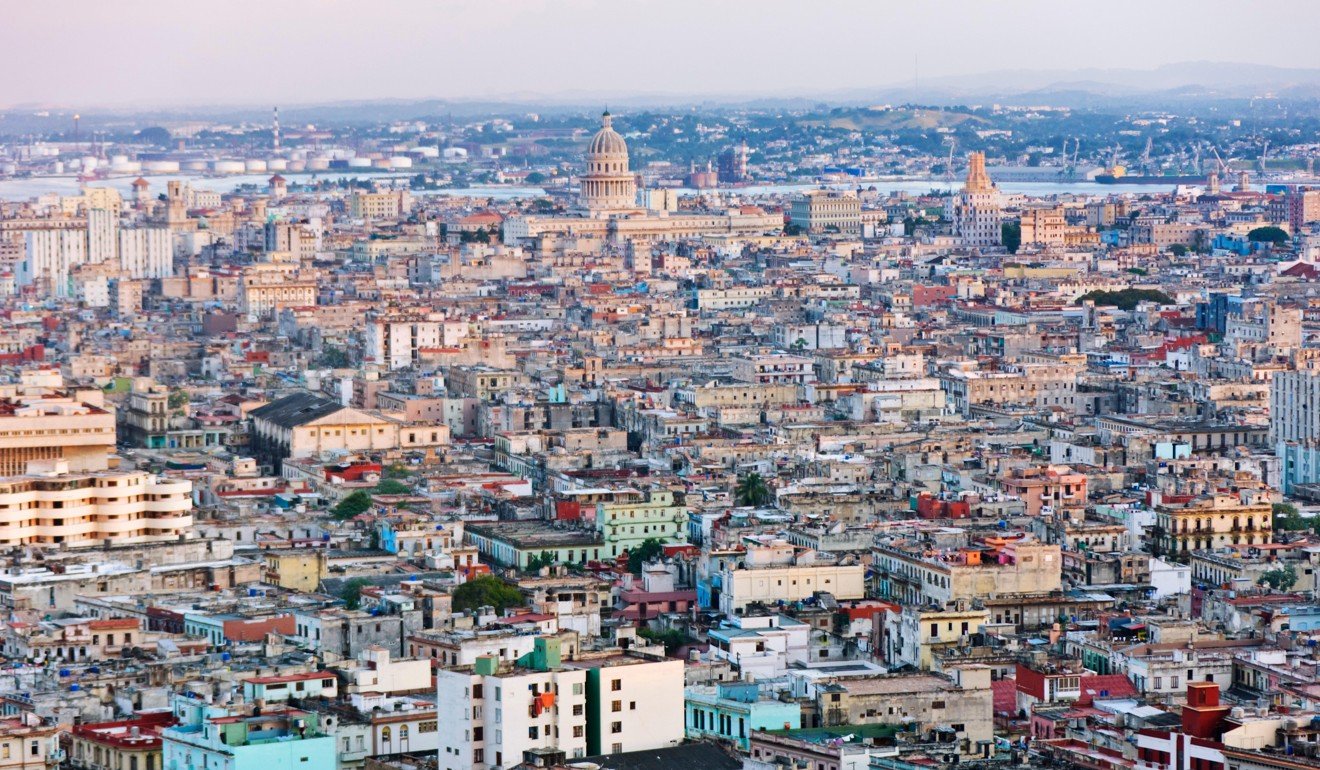
The good, bad and ugly sides to Cuba for tourists
Low-cost living, stunning scenery and a Chinatown – albeit devoid of one key ingredient – are among the attractions that reward visitors to the largest island in the Caribbean

The Good
Cuba is the largest island in the Caribbean. It’s also the least expensive. Besides low-cost living, tourists are drawn by perfect winter weather and more than 300 white sandy beaches lapped by turquoise seas.
Highlights include the dramatic karst landscapes of Viñales Valley, Spanish colonial towns such as Trinidad and the capital city itself. Havana belongs in another era, with its vintage American cars, art deco architecture and lack of violent crime.

Publisher Lonely Planet compares levels of personal safety in Cuba favourably with other parts of the Caribbean: “There is almost no gun crime, violent robbery, organised gang culture, teenage delinquency, drugs or dangerous no-go zones.” If a local comes at you holding a machete, he’s probably about to split open a coconut for you.
Finding somewhere to stay is straightforward enough. Casas particulares are B&B-style private homestays that offer tourists an authentic experience and provide locals with much-needed income – Cuba was Airbnb’s fastest growing market in 2016.

Four million people visited the country in the first nine months of 2017, making tourism the largest source of foreign currency after sugar. (The island was once the world’s leading producer of the sweet stuff and kept the Soviet block supplied throughout the cold war.) Premium hand-rolled cigars are another lucrative export; so much so that president John F. Kennedy bought 1,200 of Cuba’s finest just before he authorised the United States trade embargo, in 1962.
When he wasn’t daring the American president to blink during the Bay of Pigs invasion and the Cuban missile crisis, revolutionary leader Fidel Castro enjoyed listening to the Beatles. In fact, the former prime minister was such a fan that he commissioned a bronze statue of John Lennon.
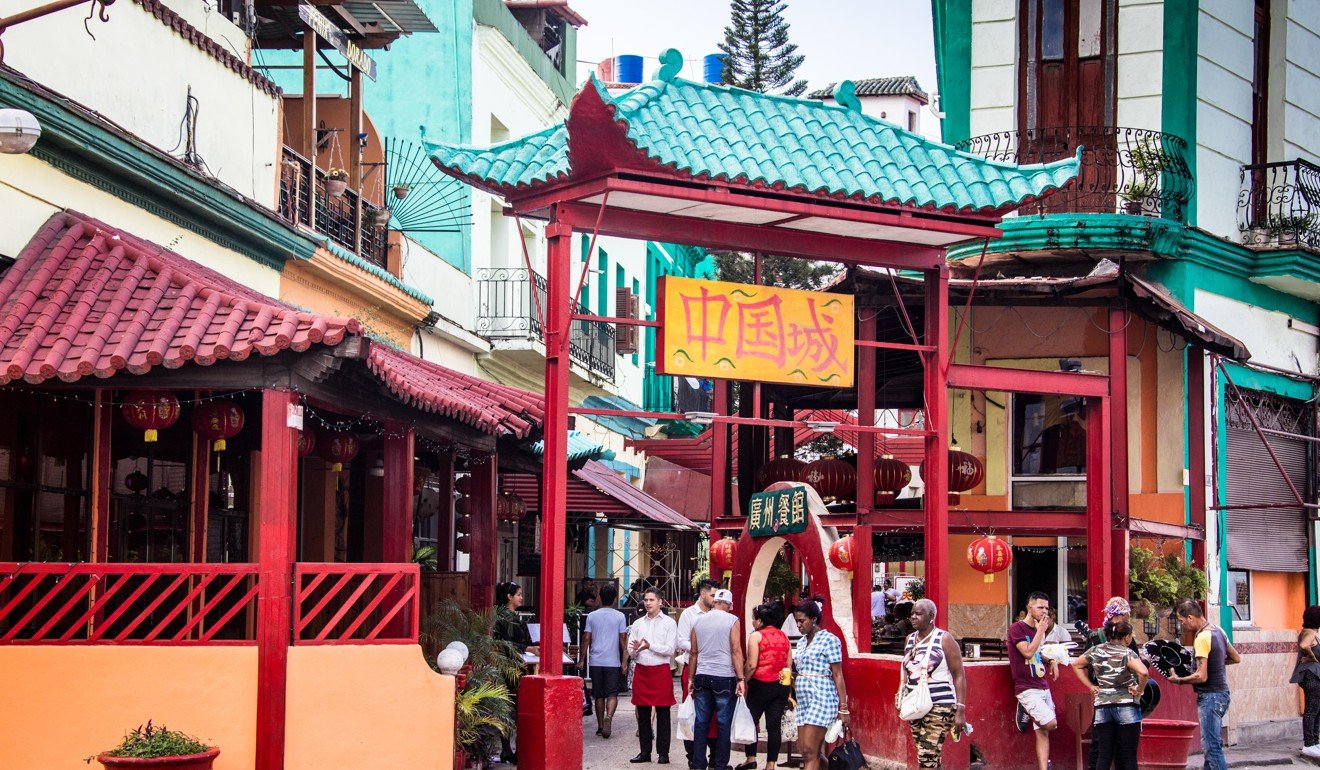
It’s located in a city park named after the singer-songwriter. A 10-minute taxi ride away is El Barrio Chino, Havana’s Chinatown, where Lunar New Year is celebrated with parades and dragon dances. Cuba is also famous for dancing of a different kind – the island is the birthplace of the bolero, mambo and cha cha cha. Classes rarely cost more than US$10.
At sunset, head along to El Malecón, the promenade and sea wall where locals and tourists congregate, then stroll over to La Bodeguita del Medio for a mojito – the cocktails served at the iconic bar were good enough for former resident Ernest Hemingway. The great American author kept a fishing boat in nearby Cojimar, the village being the inspiration for his novel The Old Man and the Sea (1952).

Hemingway wrote Castro favourite For Whom the Bell Tolls (1940) while living at the Hotel Ambos Mundos, in Havana. Room 511 is now a museum dedicated to the writer.
Cuba takes schooling and health care seriously. According to the World Bank, the communist nation boasts the highest investment in education worldwide, with a much-envied 99.8 per cent literacy rate. The island also has one of the highest doctor-to-patient ratios worldwide and even exports medical personnel to countries such as Venezuela, as part of the Oil for Doctors programme.
The Bad
After a short-lived period of relative accessibility in 2016, Cuba is once again difficult to enter for individual US tourists. President Barack Obama’s easing of travel restrictions was recently rolled back and visits must now be part of an organised tour. And in a nod to the Cuban émigré community in Florida, the Trump administration has tightened the economic embargo by banning Americans from certain hotels and businesses with ties to the military.
Ominously, the current US president was recently quoted as saying, “We’ll get Cuba straightened out.”
Mind you, he also said, “They support me very strongly,” so who knows what to believe.
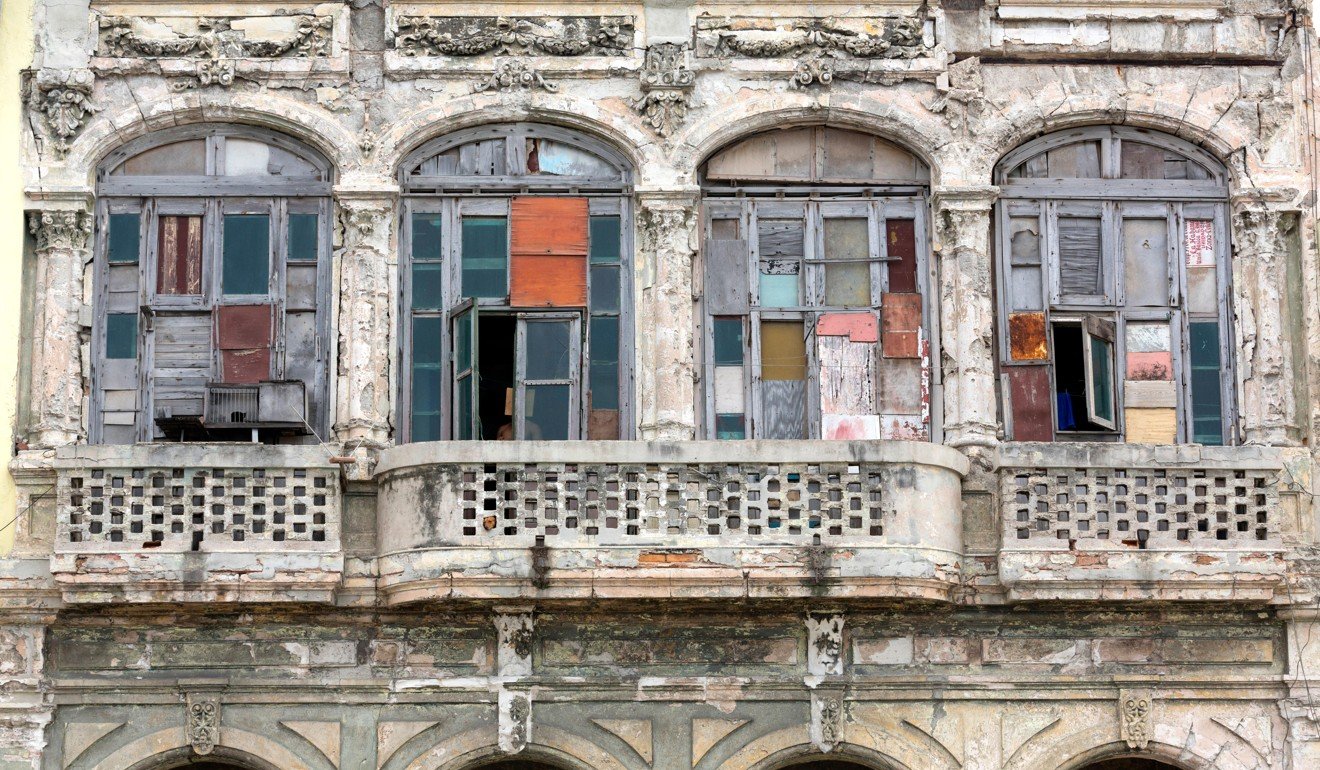
For non-Americans, unhindered by the restrictions, January and February are good months to visit, weather wise. Just don’t expect things to function as efficiently as they do in Hong Kong. Drinking tap water is something of a lottery – there have been outbreaks of cholera in recent years. And that laid-back Caribbean approach to life that we all yearn to emulate is a lot less attractive when you’re waiting (and waiting) beside the baggage carousel at Havana’s José Martí International Airport.
Like much of the cash-strapped capital, buildings in the Chinatown district have a faded, mildewing appearance. Pastel paint peels back to crumbling brickwork, lopsided balconies sag precariously and something is definitely missing. As one underwhelmed TripAdvisor reviewer noted, “Must be the only Chinatown in the world with no Chinese inhabitants.” Most fled when Castro nationalised businesses in 1959 but, if you scour the backstreets, you’ll find one or two Chinese restaurants, although menus are likely to feature Cuban or Italian dishes, too.
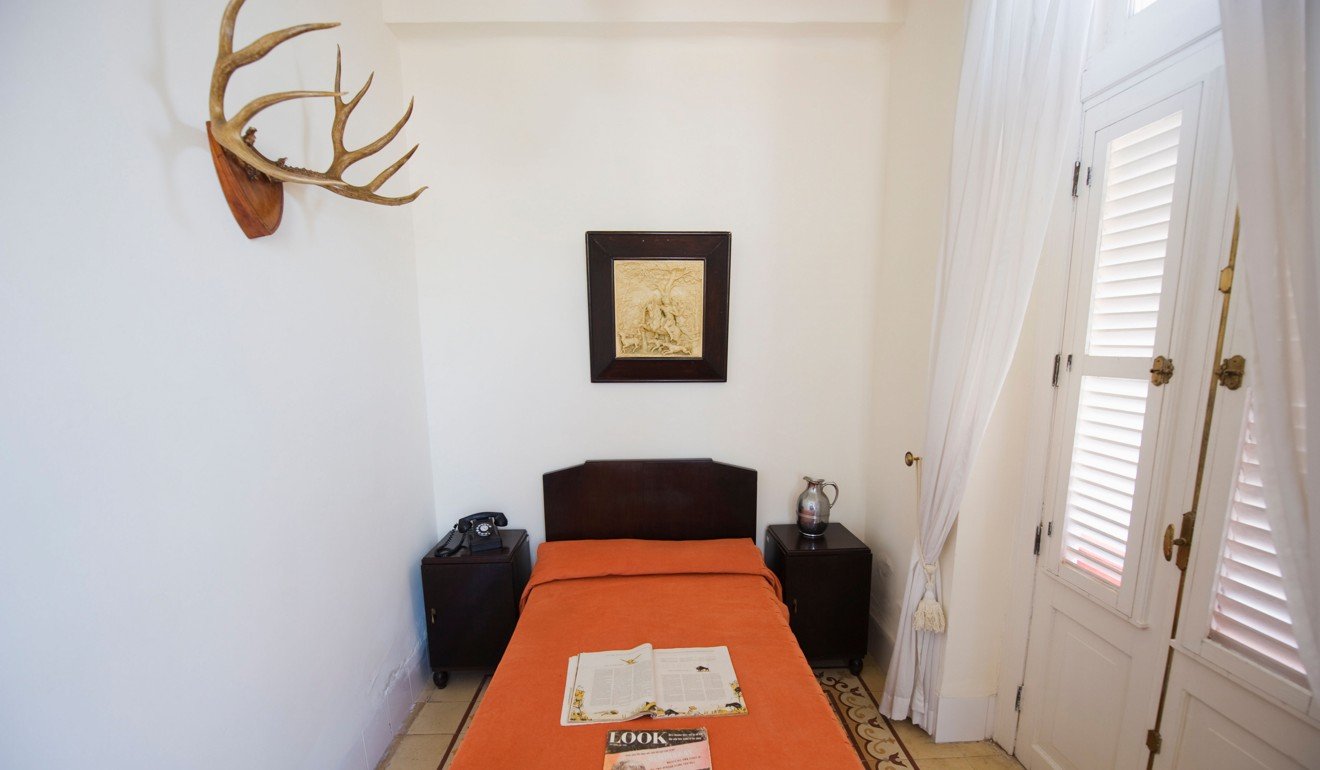
Disappointed visitors wanting to post disparaging online comments should wait until they get home as internet access is patchy and connection speeds can be painfully slow.
Violent crime is indeed rare but petty crime is discouragingly common. Pickpocketing and bag snatching are on the increase and currency scams arise because there are two forms of legal tender, valued at significantly different rates to the US dollar. Familiarise yourself with the banknotes and check carefully when exchanging money, paying a bill or collecting change. There’s no choice but to carry plenty of cash – credit cards aren’t widely accepted.
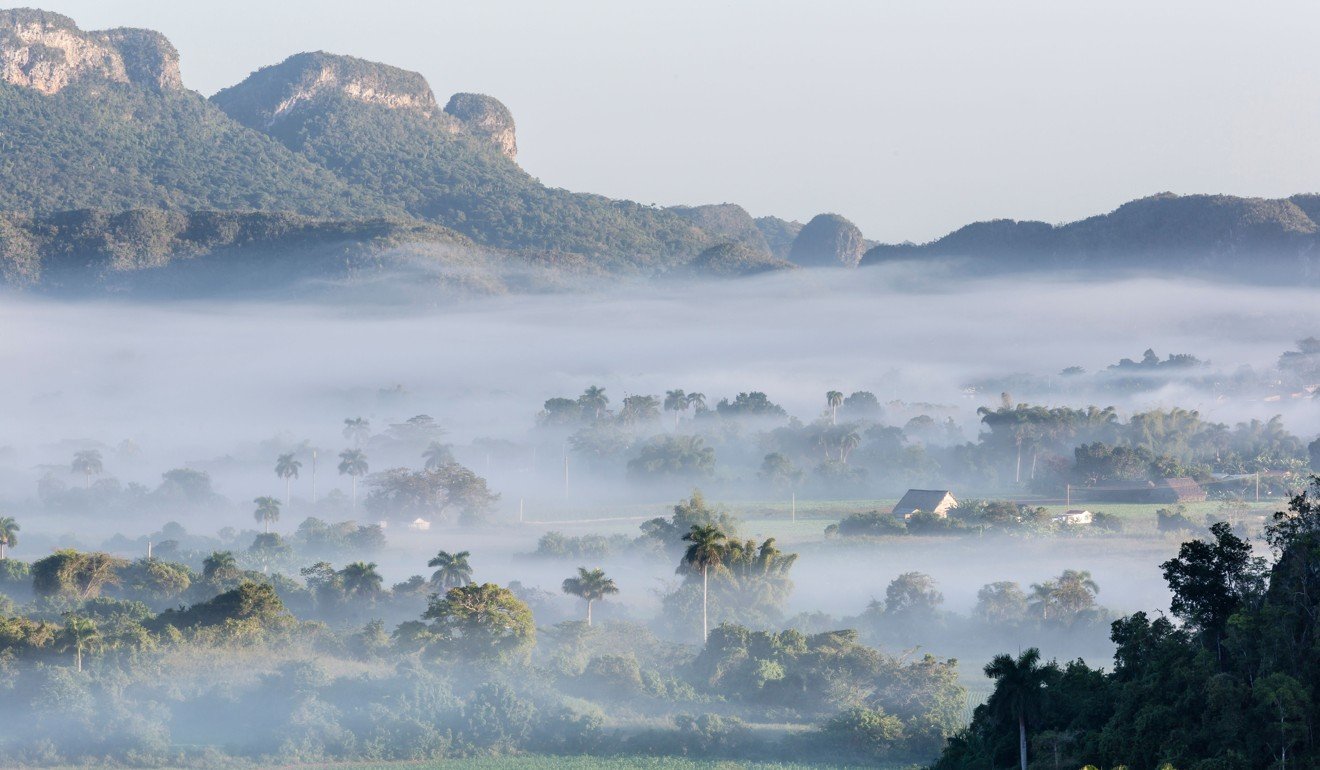
Cuba’s health care system is excellent but it needs to be. More than 80 per cent of food is imported and although calorie intake is high, diets are nutritionally poor. Obesity and diabetes are the fastest-growing causes of visits to clinics and hospitals.
Sample a mojito at La Bodeguita del Medio but be careful if you order a rum and coke with lime, which is known as a “Cuba Libre” just about everywhere except … Cuba. And the mixer is unlikely to be Coca-Cola – Cuba is one of only two countries (along with North Korea) where the sugary soft drink cannot be legally bought or sold.
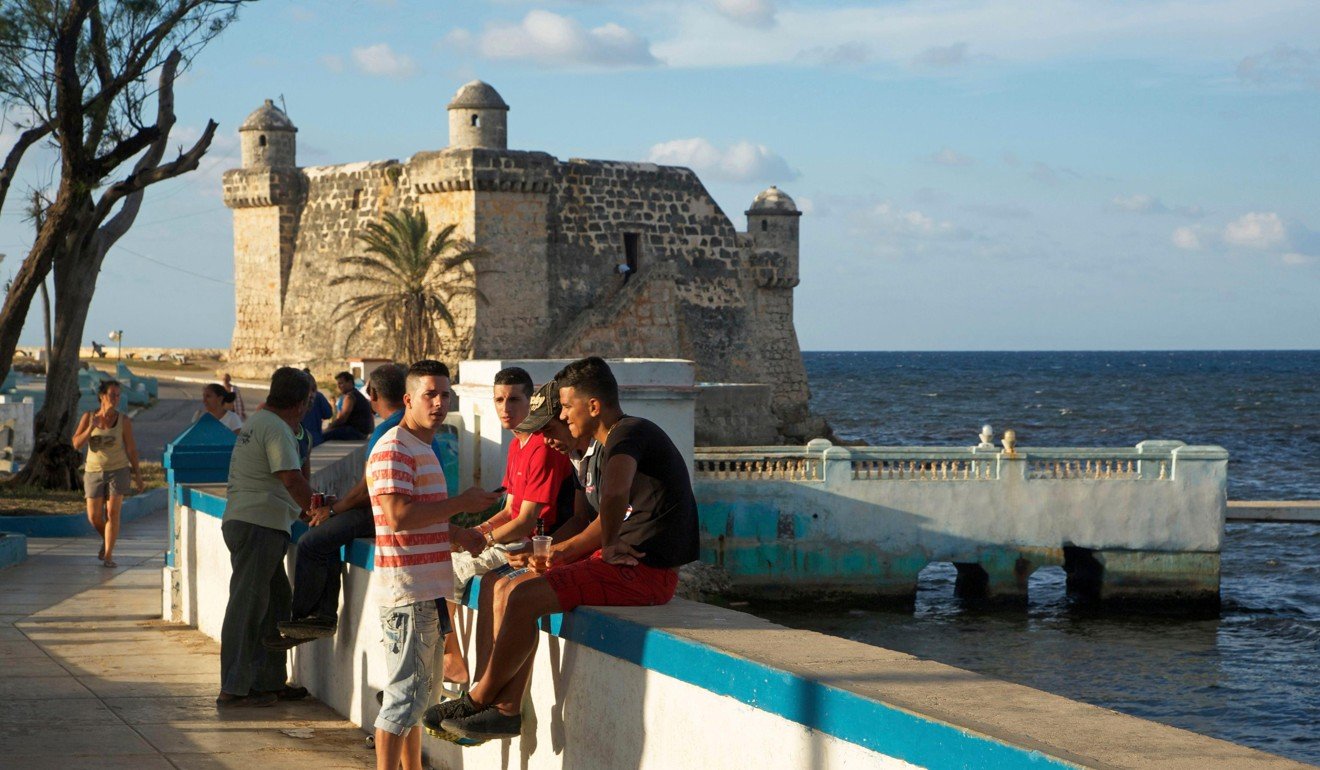

The Ugly
Adding to the nation’s woes, Hurricane Irma roared ashore in September causing flooding, power outages and shortages of cooking gas and drinking water. Crops and livestock were decimated and thousands of homes were severely damaged, including many in Hemingway’s former seaside bolt-hole, Cojimar.